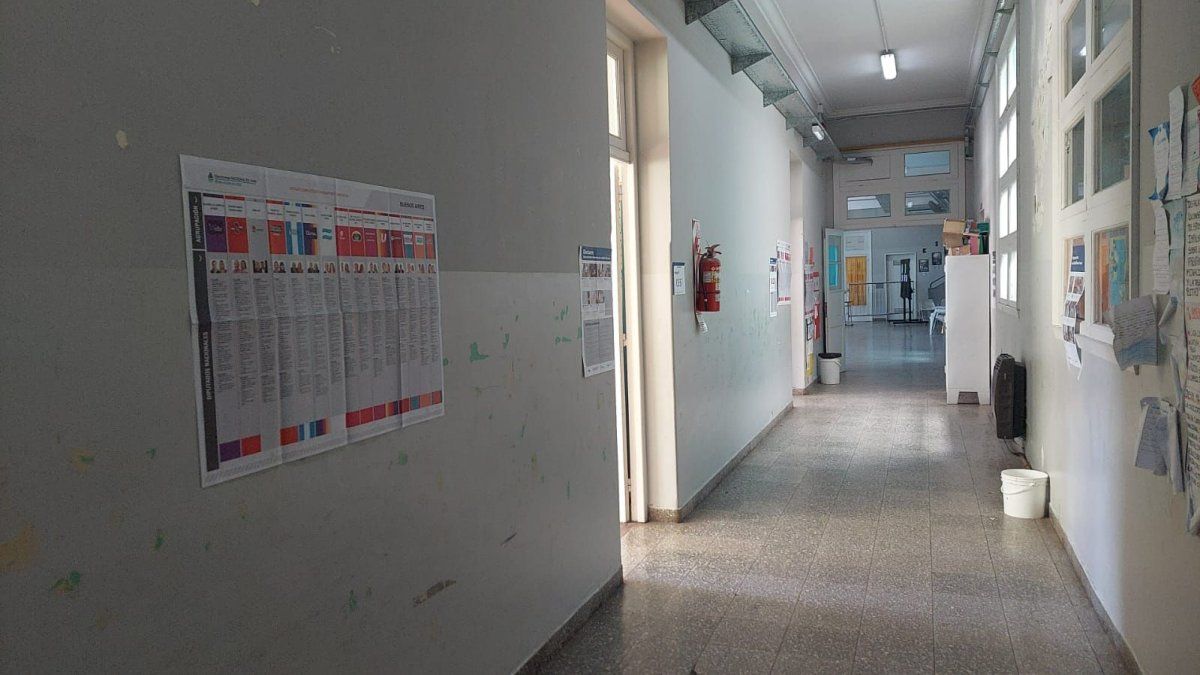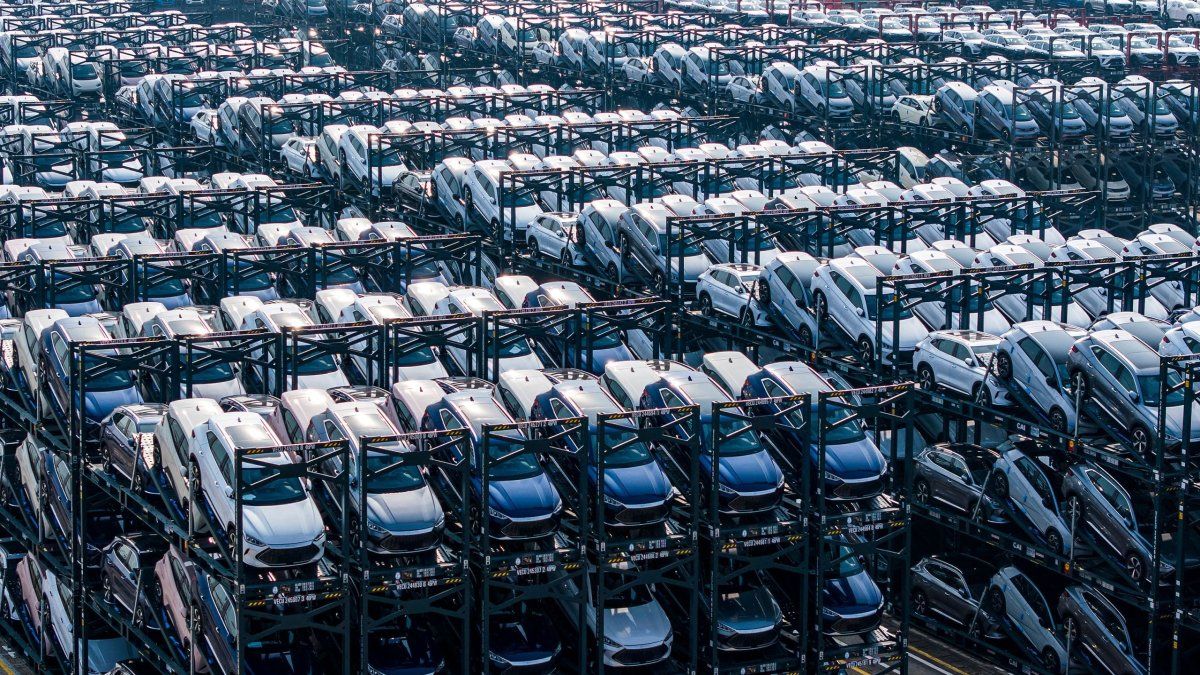Solar systems are trendy. High demand last year led to new records in the number of systems and performance. The industry expects further growth in the new year.
According to the solar industry, more new solar systems to generate electricity and heat were built in Germany last year than ever before. More than a million new systems have been installed, reported the Federal Solar Industry Association (BSW) in Berlin.
The so-called balcony power plants play a large part in this. Around 270,000 plug-in solar devices were put into operation in Germany in 2023. That is four times as many as in 2022. However, given the budget crisis, it is unclear what will become of the state funding.
According to the Federal Network Agency, systems with a peak output of around 14 gigawatts have been put into operation on roofs and open spaces when generating electricity from sunlight, the association also reported. That is 85 percent more than in 2022.
Around 3.7 million solar power systems installed in Germany
Half of the newly installed solar power output in 2023 was in the home segment, according to the BSW. PV systems on open spaces accounted for around 31 percent, and PV systems on commercial roofs accounted for around 18 percent. “Due to their low specific output, the large number of plug-in solar devices did not account for two percent of the newly installed PV output,” emphasized BSW Managing Director Carsten Körnig.
There are now around 3.7 million solar power systems installed in Germany. They would have generated around 62 billion kilowatt hours of electricity in 2023, covering around 12 percent of German electricity consumption.
State funding uncertain
In order to promote climate-friendly electricity generation, the state is helping those interested. How great the interest is became clear in September: in less than 24 hours, the 300 million euros available for last year from the “Solar Power for Electric Cars” program were exhausted. The customer portal of the KfW development bank was temporarily overloaded due to the rush. Those who took part could look forward to an investment grant of up to 10,200 euros, intended for owners who wanted to buy an electric car and install a charging station for it in combination with a photovoltaic system and solar power storage.
The Ministry of Transport actually wanted to make a further 200 million euros available for the current year – but that seems uncertain given the budget crisis. Details on savings still need to be clarified in close coordination with members of the Bundestag, the Ministry of Transport explained at the dpa’s request. The vote cannot be anticipated.
The Ministry of Economic Affairs cannot yet say what will happen with solar funding in other programs. “The funding program for building production capacities for transformation technologies remains in place,” it said. However, a reduction is planned. “We are now clarifying what specific effects this will have and which projects can now be funded and to what extent. No final statement can be made on this at the moment.”
Industry association expects “ongoing solar boom”
The industry association expects continued high demand for solar systems in 2024. He justifies this with continued rising electricity prices and attractive funding conditions. “We expect a sustained solar boom in 2024,” explained Körnig. In order for the growth targets to be achieved in the following years, the reduction in bureaucracy must not come to a standstill. Further measures to speed up the process are required in order to upgrade the electricity and heating networks more quickly.
In 2024, more than 1.5 million property owners planned to install a solar system on their roof, the BSW reported. For this projection, the association relies on a representative survey conducted by the opinion research institute Yougov among around 1,000 property owners in mid-December. According to this, 69 percent of owners of residential properties with suitable roof areas can imagine building a solar system on the roof area. “16 percent are already planning this in the next 12 months,” it said.
Specifically, the association expects in the home segment with roof systems with a PV output of up to 30 kilowatts for 2024 – a demand of a similar magnitude to 2023. Last year, PV roof systems with a total of seven gigawatts of peak output were installed in this segment. However, the BSW expects market growth for PV systems on commercial roofs and open spaces.
Source: Stern




